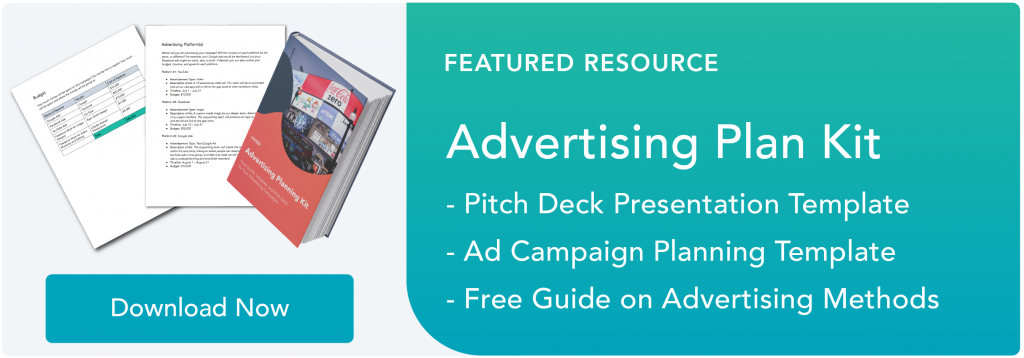How A+E Networks cross-promotes podcasts to improve discovery
A major challenge for pretty much anyone with a podcast these days is the issue of discovery. As more and more publishers invest in podcast production, it’s becoming harder to find and grow an audience. At A+E Networks, one way of overcoming this issue is through cross-promotion — both internally and externally.
“Cross-promoting your podcast and other podcasts is still the most effective way to find a new audience,” said Jessie Katz, vp of audio programming and podcasting for A+E Networks, on Wednesday at the Digiday Publishing Summit in Key Biscayne, Fla.
A+E Networks has 13 podcasts, with a mix of companion podcasts to TV shows on A&E, Lifetime and History channels; spin-off podcasts from those shows and original podcasts.
A+E Networks markets its podcasts to its large television audience, with coordination by the marketing teams that support the company’s podcasts and TV shows.
“We get a lot of airtime, with promos and bumpers and lower-thirds promoting our podcasts,” Katz said. On the podcast side, “we always reserve promotional space on our podcast to promote our on-air initiatives and specials and premieres.”
As a result, A+E’s podcasts often experience a spike in listeners for at least a few weeks when the shows get promoted on TV. “For example, we might see a 40% spike in listens after we promote a podcast on-air. That might peter out, but we’ll still retain maybe a 10-15% increase in listenership after that,” Katz said.
This tactic doesn’t always work, Katz admitted, and A+E is still testing out this strategy.
On the other hand, landing deals with other production companies and platforms “has been huge for us,” Katz said at DPS. A+E Networks works with WNYC and Cadence13 on some of its podcasts, which are “companies that already have their own massive, very engaged audiences,” and content alignment, Katz said. Working together has “supercharged” A+E Networks’ efforts, by bringing together production and sales resources.
Partnerships are also helpful in getting podcasts to reach a larger audience, Katz said. Both companies can advertise the shows they’re making together, as well as run promos for other shows in their own networks. Podcasts that are co-produced find an audience “faster” than those that don’t have a partner, Katz said.
But the trade-off is sharing revenue with someone else. A+E Networks makes money from its podcasts with advertising, specifically ads that are host-read and dynamically-inserted, or programmatic ads that run in unsold inventory.
A+E considers a number of factors before it decides to bring in an outside company: whether or not the show can be produced internally by A+E Networks’ small in-house team, where the intellectual property is coming from and how much money each partner will put into marketing the podcast, Katz said.
“Those things are all the pros and cons we weigh when we think about how much revenue we’re willing to share,” she said. But coughing up part of a podcast’s earnings is worth it, if it means reaching a “very large audience,” Katz added.
Source:: Digiday






